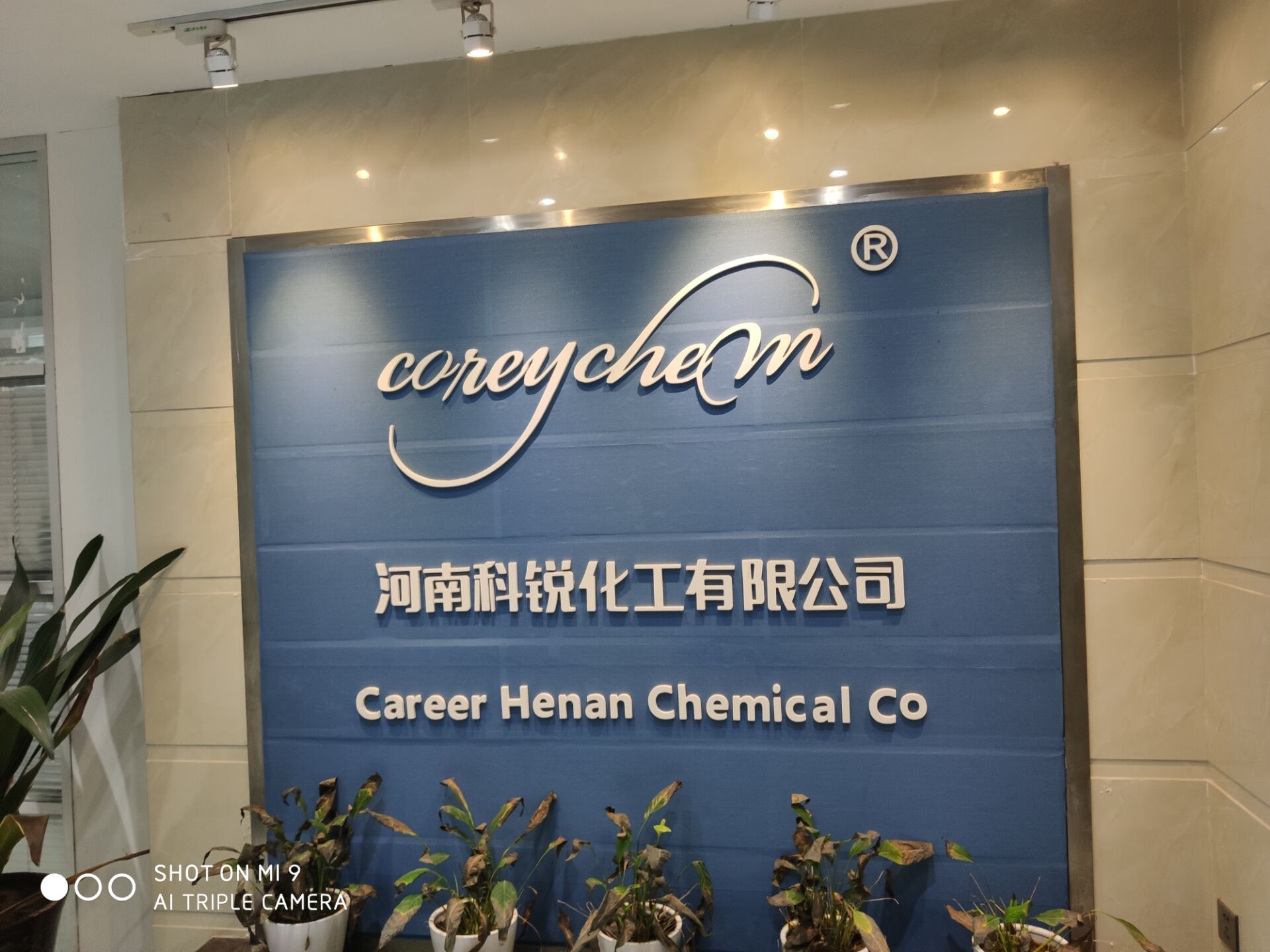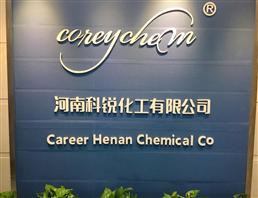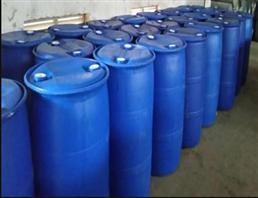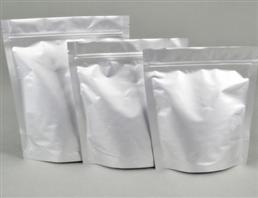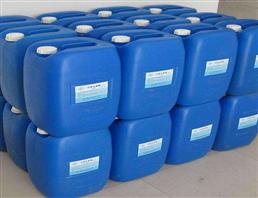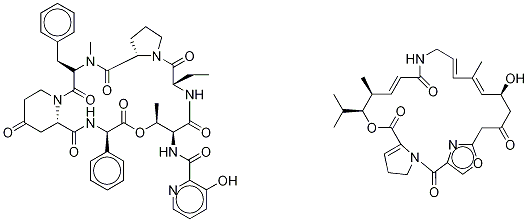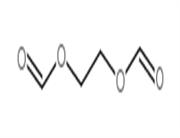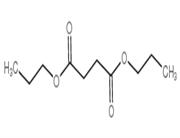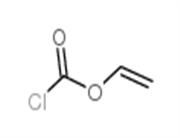Uses
An antibiotic used in livestock feed to prevent disease among young swine. Also is used in ethanol production to prevent microbial contamination.
Uses
Virginiamycin complex is defined as a mixture of 75% ostreogrycin A (virginiamycin M1) and 25% virginiamycin S1, together with the less abundant S analogues. As the two major components have quite different solubilities, these proportions are not readily achieved or used. BioAustralis has isolated and re-combined the individual components to provide the defined components of virginiamycin complex. The composition of the complex is important as Virginiamycin S1 acts a synergist, binding to the conformational change of the peptidyl transferase centre of the 50S ribosome induced by ostreogrycin A.
Brand name
Stafac (SmithKline Beecham Animal Health).
Pharmaceutical Applications
A natural product of Streptomyces virginiae with antimicrobial activity similar to that of other streptogramins. It has chiefly been used as an animal feed additive, but is available in some countries for oral administration and in topical preparations.
Pharmaceutical Applications
The two major components are pristinamycin IA and pristinamycin IB. It is available in some countries for the oral treatment of upper respiratory, bronchopulmonary, dental, skin, genital and bone infections caused by susceptible organisms. In-vitro activity is summarized in Table 28.1. The drug is usually well tolerated, although minor gastrointestinal disturbances and rash may occur.
Contact allergens
Like the other streptogramin, pristinamycin, virginiamycin is made of two subunits, virginiamycin S1 and virginiamycin M1. Dermatitis was quite common in people using the formerly available topical virginiamycin. Occupational dermatitis was observed in the pharmaceutical industry, in breeders, and in a surgeon who used topical virginiamycin on postoperative wounds (personal observation).
Safety Profile
Moderately toxic by ingestion, intraperitoneal, and subcutaneous routes. Used as an antibiotic.

 China
China

